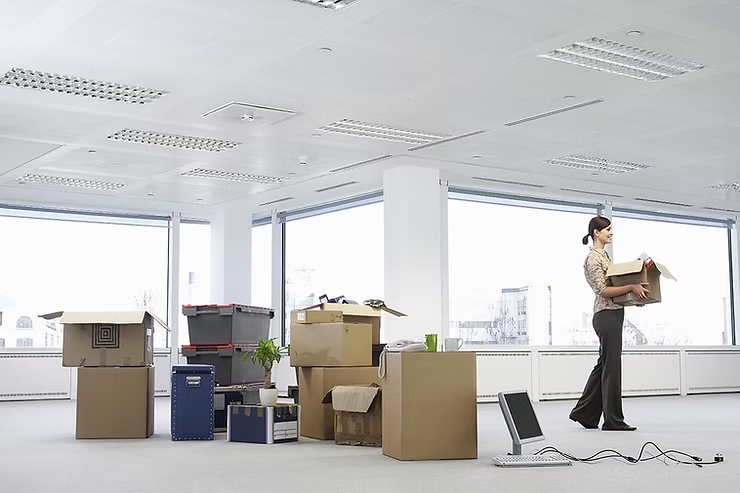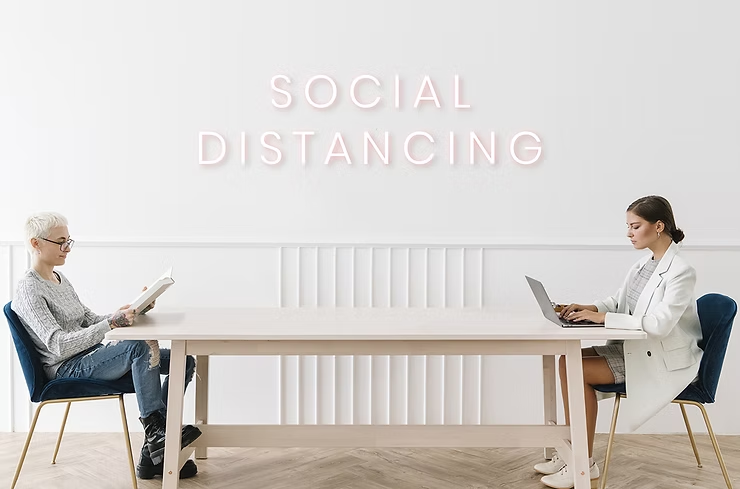
8 Tips to Help You Survive Moving Day

1. Consider all costs and budget
There can be many hidden costs moving your business. You need to consider set-up in new location, any repairs at current location and downtime.
2. Choose your landlord carefully
Of course, we hope that you choose us. Either way, choose your landlord carefully. Review all lease terms and coordinate move plan with your landlord for ease and less frustration.
3. Arrange & validate insurance coverage
Insurance is something most businesses overlook and don’t validate before a move. Make sure you work with your insurance agent to protect your current location, all property and new location.
4. Coordinate moving company
Whether you move yourself or choose a company, make sure you sit down and discuss what is expected, timelines and division of labor.
5. Donate any items not needed for new location
Have you become a hoarder? Downsizing? If you don’t have a need for items this is a great time to donate them so they don’t have to be moved twice.
6. Prepare a technology plan
Technology coordination is huge to consider before a move. Computers and cords can get overwhelming. Plan ahead and box and label areas separately. This will make setting up your new office systematically and without overwhelm.
7. Implement organized labeling system
It’s important to pack each room strategically, Create an easy labeling and numbering system for you, your team and the movers.
8. Inform your customers and vendors
It is important to communicate with entire customer network. Make a list of all the items that will need updated. Website, stationary, business cards, suppliers and especially your customers so they are aware of your move so no one is surprised.

